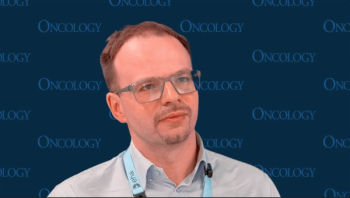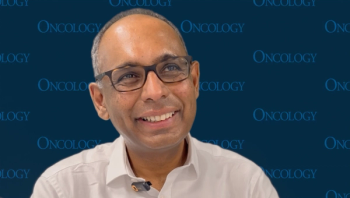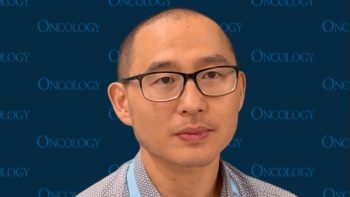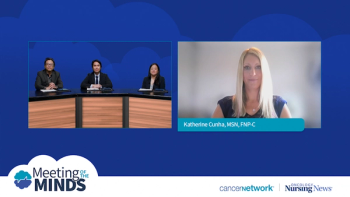Counseling Patients on ADC Side Effects
Patient education is a cornerstone of successful ADC treatment. When introducing ADCs, providers focus on transparency—discussing the most common side effects upfront and reinforcing that many are reversible with dose holds or modifications.
Eye toxicities and lung-related side effects like pneumonitis often cause anxiety. Clear communication and reassurance that these can be managed effectively help build trust. Educational materials and follow-up calls ensure patients feel supported and informed.
Ultimately, the goal is to empower patients to report symptoms early and remain engaged in their care. ADC therapy offers significant clinical benefit, and with proactive management, patients can achieve extended survival and maintain their quality of life throughout treatment.



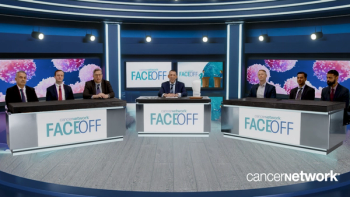
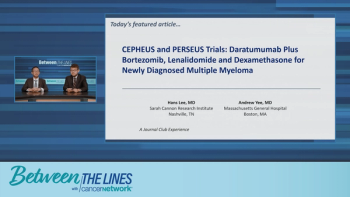
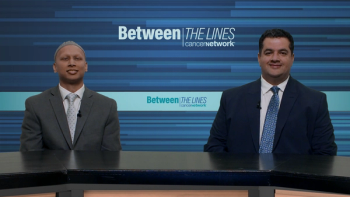




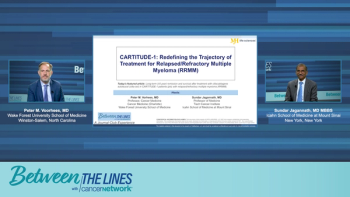
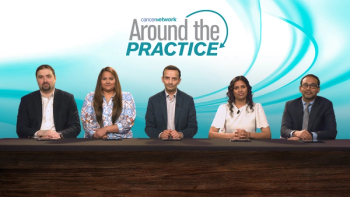
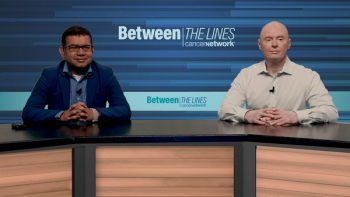
![“If you have a [patient in the] fourth or fifth line, [JNJ-5322] could be a valid drug of choice,” said Rakesh Popat, BSc, MBBS, MRCP, FRCPath, PhD.](https://cdn.sanity.io/images/0vv8moc6/cancernetwork/267879fc15a40ec8d3ed04d8ee9c1f044b49ee89-2990x1692.png?w=350&fit=crop&auto=format)
